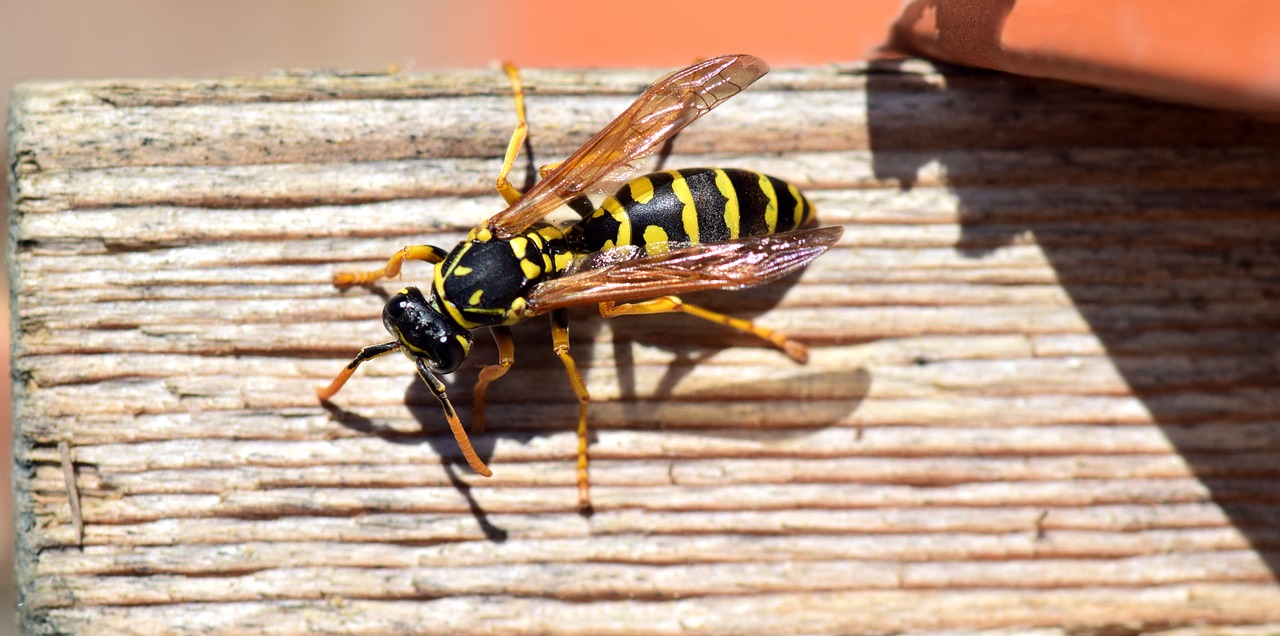Getting stung by a wasp is fairly common in the UK and more often than not its more of an annoyance than anything. However for some people who have an allergic reaction a wasp sting could be a matter of life or death.
Especially over the warm summer months, wasps are especially active and if the warm weather continues into the later months of the year then the lifespan of a wasp can be extended. This extended lifespan helps the nest to thrive and we are ending up with 'super wasps'.
Typically seen a year on year increase in the number of people suffering from wasp stings and this problem is only likely to get even worse. In the late summer the worker wasps go out and look for food and they find a whole host of berries and rotting fruit and that makes them drunk. Much like humans, this makes them drunk and angry meaning they are much more likely to sting you.

Wasps are far more likely to cause a fatal allergic reaction than bees, although the actual number of very serious and life threatening reactions and deaths are very low.
If you are stung by a wasp, they inject the venom through their stinger. This causes an immediate sharp "prick" or stabbing type pain which over the next couple of minutes may start become painful, start swelling and becomes red and itchy.
Sometimes a minor allergic reaction can happen where the area of swelling spreads to the wider area around the sting which can become red, inflamed and swollen for up to a week. This is nothing to worry about and can be eased with antihistamine tablets.
A few people may experience a serious allergic reaction (anaphylaxis), causing breathing difficulties, dizziness and a swollen face or mouth. Dial 999 for an ambulance immediately if you have these symptoms.
The best thing to do is apply some antihistamine cream and an ice pack to the sting. If you are experiencing anything more than a local reaction and you’ve been prescribed an EpiPen or an adrenaline auto injector then you should take that quickly.
If you continue to experience discomfort then the NHS suggest the following treatments:
The first thing you should do is use warm soap and water to gently wash the sting area. This will help to remove some of the venom from the area. To help reduce the swelling and ease the pain, apply a cold pack to the wound site for approx 15-20 mins. However this should not be a frozen pack as this can cause a freeze burn to the skin. If you only have a frozen pack wrap it in a tea-towel or similar. Keep the area around the sting clean and apply antihistamine cream to reduce the itching.